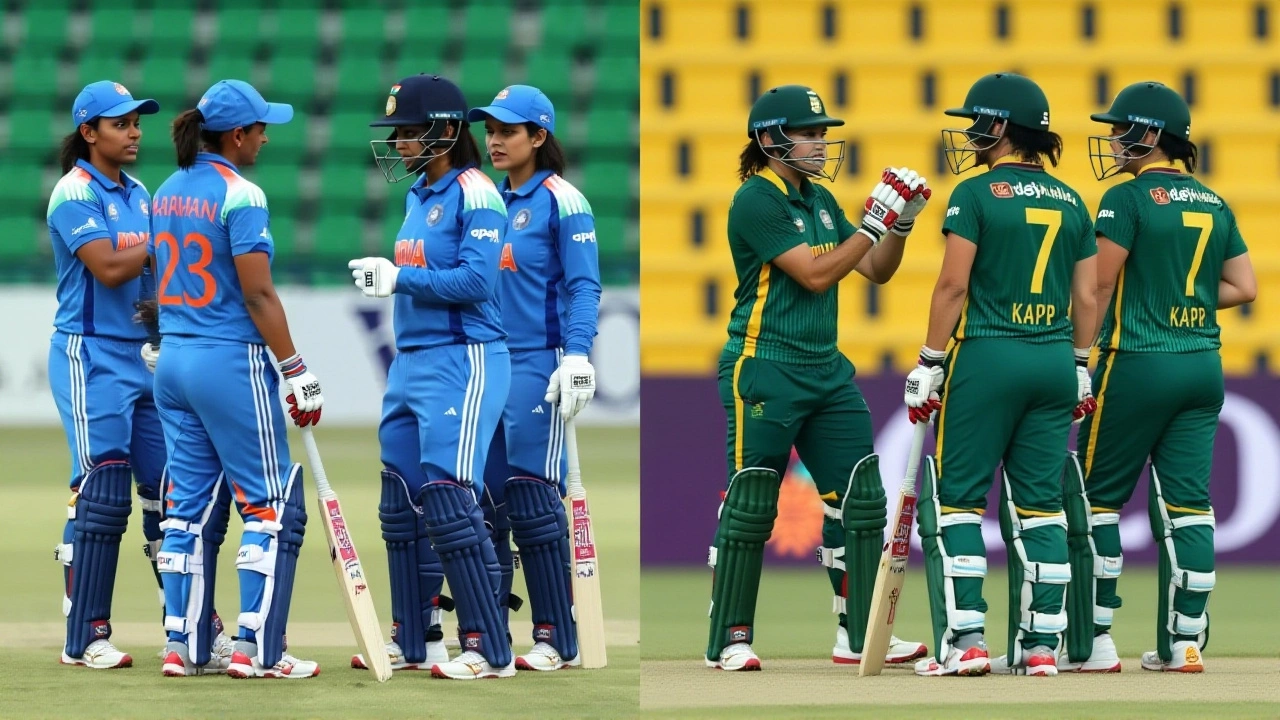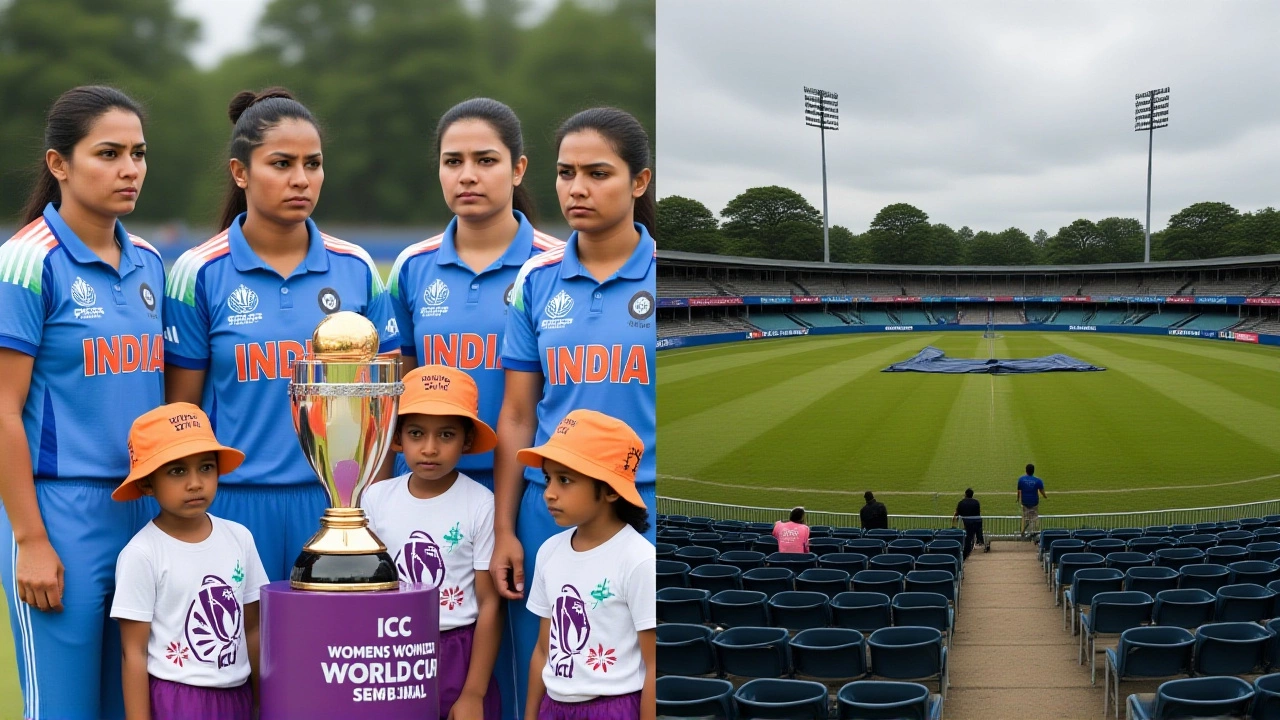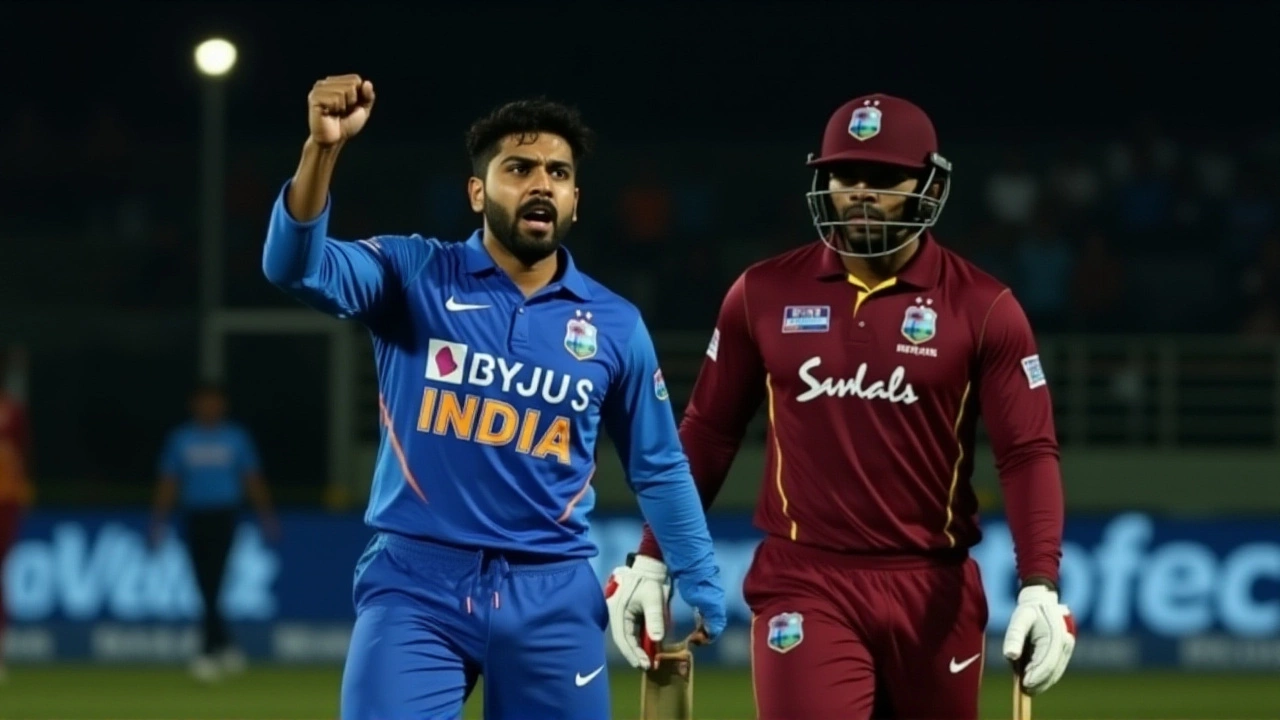On December 18, 2019, Kuldeep Yadav did something no Indian bowler had ever done — he took his second One Day International hat-trick, this time against the West Indies at the Dr. Y.S. Rajasekhara Reddy International Cricket Stadium in Visakhapatnam. The left-arm wrist spinner clean bowled Shai Hope (78), Jason Holder (11), and Alzarri Joseph (0) on the final three balls of his eighth over. It wasn’t just a great spell — it was history. And it came on the exact three-year anniversary of his first ODI hat-trick, against Australia at Eden Gardens. The twist? He didn’t just match the feat — he surpassed every Indian bowler who’d ever come before him.
India’s Batting Blitz Sets the Stage
Before the magic happened with the ball, India had already laid down a marker with the bat. Openers Rohit Sharma and KL Rahul turned the innings into a spectacle — 159 and 102 respectively, both centuries in under 100 balls. Rohit’s 14 fours and eight sixes looked effortless. Rahul, calm and clinical, added 10 fours and three more sixes. Then came Shreyas Iyer, smashing 53 off 32 balls — a brutal reminder that India’s middle order wasn’t just deep, it was explosive. By the 50th over, they’d posted 387 for 5. The West Indies had no chance… or so it seemed.
The Hat-Trick That Changed Everything
The West Indies started well. Evin Lewis and Shai Hope put on 61 for the first wicket. But then came the turning point. Shardul Thakur, brought in as a replacement, got Lewis out with a skyed pull — Iyer took a sharp catch, then fired a bullet throw to run out Shimron Hetmyer. The momentum shifted. Mohammed Shami then removed Nicholas Pooran and Kieron Pollard on consecutive balls. Pollard, the captain, didn’t even get off the mark. The crowd was buzzing. And then — Kuldeep walked in.
He’d already taken one hat-trick. But this? This was different. The pressure was on. The series was tied. The crowd was on its feet. Three balls. Three wickets. Hope, Holder, Joseph — all gone. The stadium erupted. The scoreboard blinked: 280 all out. India won by 107 runs. And Kuldeep? He became the first Indian ever to take two ODI hat-tricks. No one else in the country had even managed one twice.

Where He Stands in Cricket History
Before this, only four bowlers in ODI history had taken multiple hat-tricks. Sri Lanka’s Lasith Malinga had three — 2007, 2011, 2013. Pakistan’s Wasim Akram and Sri Lanka’s Chaminda Vaas each had two. Now, Kuldeep Yadav joins them. He’s the only Indian. The only left-arm wrist spinner with two. And he did it against the same team — the West Indies — that had beaten India by eight wickets in the first ODI just days earlier.
It’s not just about the wickets. It’s about control. The way he turned the ball late, the subtle changes in pace, the way he lured batsmen into playing shots they shouldn’t. His first hat-trick came in Kolkata in 2017 — a similar mix of guile and timing. This one? Even more dramatic. On home soil. On the anniversary. Against a team that had shown fight.
What Happened Next — and Why It Matters
The third and final ODI was set for December 22 in Cuttack, at the Barabati Stadium. West Indies captain Kieron Pollard said after the match: “We deserve to go out with a bang. Our heads and shoulders are still high. We’ll come back and fight hard in a couple of days.”
But the real story wasn’t just the win. It was the statement India made. At home, they’re not just winning — they’re dominating. The fielding was sharp. The bowling was varied. The batting was fearless. And Kuldeep? He didn’t just take wickets — he rewrote the record books.
For Indian cricket fans, this was more than a match. It was a moment. A bowler who was once considered too slow, too predictable, now stands among the greats. And for the West Indies? They were outclassed — but not out of spirit. They’ll return. But Kuldeep’s name? That’s already etched in stone.

Behind the Numbers
- Kuldeep Yadav’s first ODI hat-trick: December 18, 2017, vs Australia at Eden Gardens
- Second ODI hat-trick: December 18, 2019, vs West Indies at Visakhapatnam — exactly three years later
- India’s total: 387/5 in 50 overs
- West Indies’ total: 280 all out in 46.5 overs
- Win margin: 107 runs
- Only five bowlers in ODI history with multiple hat-tricks: Malinga (3), Akram (2), Vaas (2), Yadav (2), and Saqlain Mushtaq (2)
Frequently Asked Questions
How rare is an ODI hat-trick, and why is Kuldeep Yadav’s achievement so significant?
Only five bowlers in ODI history have taken more than one hat-trick, and Kuldeep is the first Indian to do it twice. With just 47 hat-tricks recorded in over 4,000 ODIs since 1971, it’s rarer than a Test century by a No. 10 batsman. His feat is even more remarkable because he’s a wrist spinner — a role rarely associated with hat-tricks, which are usually the domain of fast bowlers.
Who else has taken multiple ODI hat-tricks besides Kuldeep Yadav?
Only four others: Sri Lanka’s Lasith Malinga (three hat-tricks), Pakistan’s Wasim Akram and Sri Lanka’s Chaminda Vaas (two each), and Pakistan’s Saqlain Mushtaq (two). Malinga remains the only bowler with three. Kuldeep now stands alone as the only Indian in this elite group — and the only left-arm wrist spinner with two.
Did Kuldeep Yadav’s hat-trick break any records beyond being the first Indian to do it twice?
Yes. He became the first bowler in ODI history to take two hat-tricks on the exact same calendar date — December 18 — three years apart. He also became the first Indian spinner to take a hat-trick in an ODI, and the first to do it twice. The fact that both came against top-order batsmen — including captains — adds to the psychological weight of the achievement.
How did India’s batting lineup contribute to this win?
India’s 387/5 was their highest total against the West Indies in ODIs. Rohit Sharma’s 159 was his 29th ODI century, and KL Rahul’s 102 was his fourth. Shreyas Iyer’s 53 off 32 balls gave the innings explosive momentum in the final 10 overs. This wasn’t just a big score — it was a statement of intent, setting up a target that was nearly impossible to chase on a slow pitch.
What was the significance of the venue — Visakhapatnam — in this match?
The Dr. Y.S. Rajasekhara Reddy International Cricket Stadium in Visakhapatnam, with a 25,000-seat capacity, has hosted several high-profile matches but rarely one with this level of historic individual achievement. The pitch favored spinners, and Kuldeep exploited it perfectly. The home crowd’s energy, combined with the stadium’s acoustics, made the hat-trick feel even more electric — a perfect storm of venue, timing, and talent.
What happened in the third ODI after Kuldeep’s hat-trick?
India went on to win the third ODI in Cuttack by 7 wickets, sealing the series 2-1. Kuldeep didn’t take a hat-trick again, but he finished the series with 7 wickets at an economy of 4.89. The West Indies, despite Pollard’s vow to fight back, couldn’t match India’s depth or consistency. The series win extended India’s unbeaten home record in ODIs to 17 matches.


Write a comment